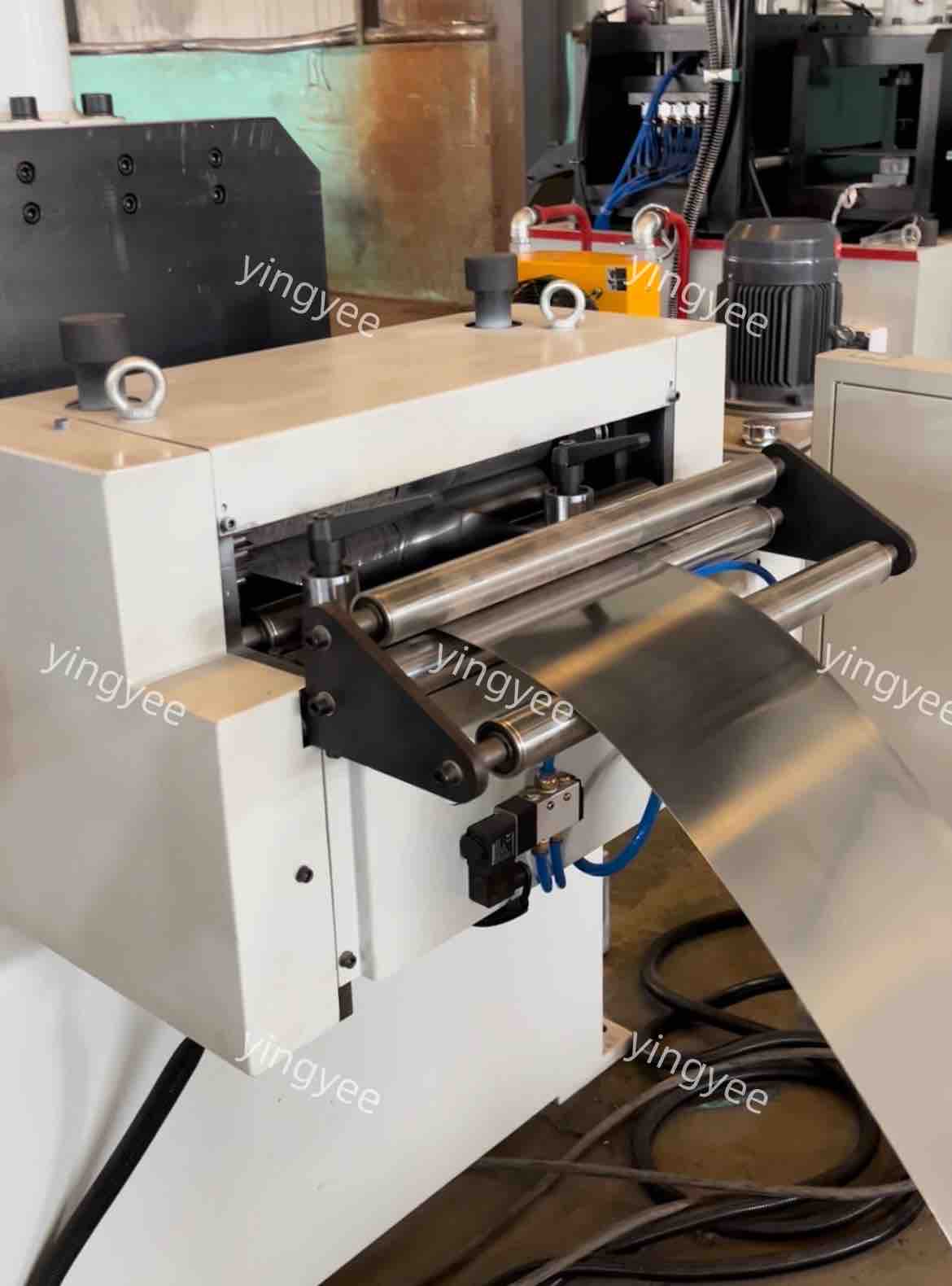
Simple Operation of Three-Axis Thread Rolling Machine
In the realm of manufacturing and precision engineering, the three-axis thread rolling machine stands out as a pivotal tool for producing high-quality threaded fasteners and components. Known for its efficiency and precision, this machine employs a unique method of forming threads through the rolling process, which is increasingly becoming the preferred technique in modern manufacturing setups.
Understanding the Three-Axis Thread Rolling Machine
The three-axis thread rolling machine operates on the principle of cold forming, where the material is deformed under pressure without the application of heat. This method not only enhances the strength of the threads but also improves their surface finish. The specificity of the three-axis design provides versatility and precision, allowing for the creation of various thread sizes and types.
This machine is typically equipped with three distinct axes of movement X, Y, and Z. This allows the operator to manipulate the position and angle of the workpiece, facilitating the production of complex thread patterns with ease. The ability to control all three axes simultaneously ensures that the threads are rolled uniformly and accurately, thereby reducing the potential for defects.
Benefits of Using Thread Rolling Machines
One of the primary advantages of using a three-axis thread rolling machine is its efficiency in mass production. The rolling process enables faster output compared to traditional threading methods such as cutting or machining. As the material is gradually rolled into shape, the process generates significantly less waste, making it economically advantageous.
Moreover, the cold rolling process imparts superior mechanical properties to the threads. The molecular structure of the material is altered, resulting in increased tensile strength and durability. This is particularly important in applications where the threads are subjected to high-stress conditions, such as in automotive and aerospace industries. The smooth finish achieved through rolling also reduces the need for additional machining, streamlining the manufacturing process.

Simple Operation and User-Friendly Design
While the technology behind three-axis thread rolling machines may seem complex, they are designed with user-friendliness in mind. Most modern machines come equipped with intuitive controls and automated features that simplify operation. Operators can easily program specific parameters such as thread pitch, depth, and length using a digital interface.
The setup process, which involves loading the raw material and configuring the machine settings, has been made straightforward. Notably, many machines are designed with quick-change tooling systems, allowing operators to switch between different thread types with minimal downtime. This flexibility accommodates small and large production runs alike, catering to diverse manufacturing needs.
Applications Across Industries
The versatility of three-axis thread rolling machines lends themselves to a wide array of applications across various industries. They are extensively used in the production of bolts, screws, nuts, and other fasteners. Additionally, these machines are invaluable in sectors such as construction, electronics, and machinery, where precision-engineered threaded components are crucial.
Conclusion
In summary, the three-axis thread rolling machine is a remarkable device that combines precision, efficiency, and user-friendliness. Its ability to produce high-quality threaded components with minimal waste and superior strength makes it an essential tool in modern manufacturing. As industries continue to evolve and demand higher standards for quality and efficiency, the thread rolling machine will undoubtedly play a vital role in shaping the future of manufacturing processes. By embracing the capabilities of this technology, manufacturers can enhance productivity while delivering exceptional products to their customers.